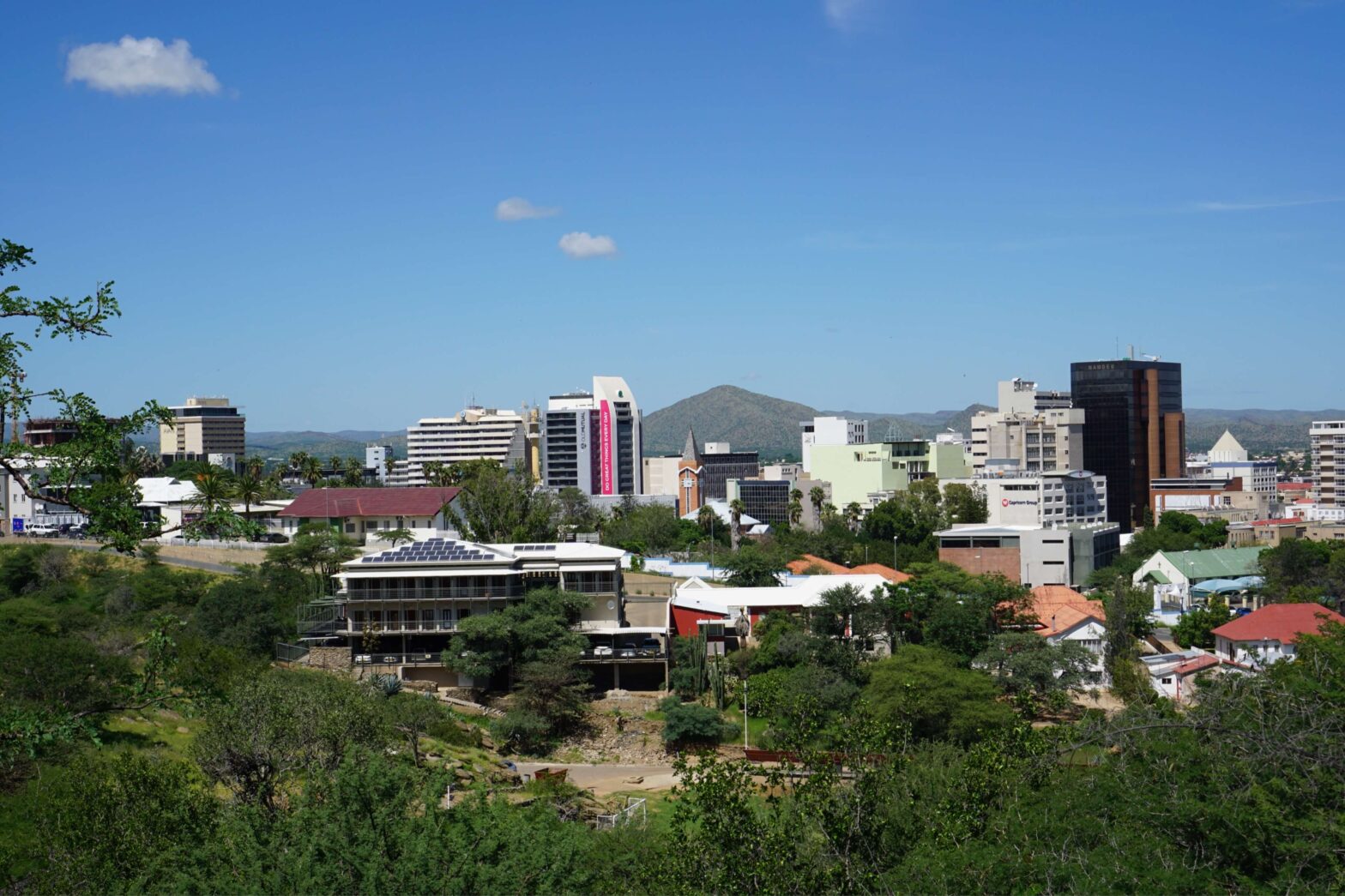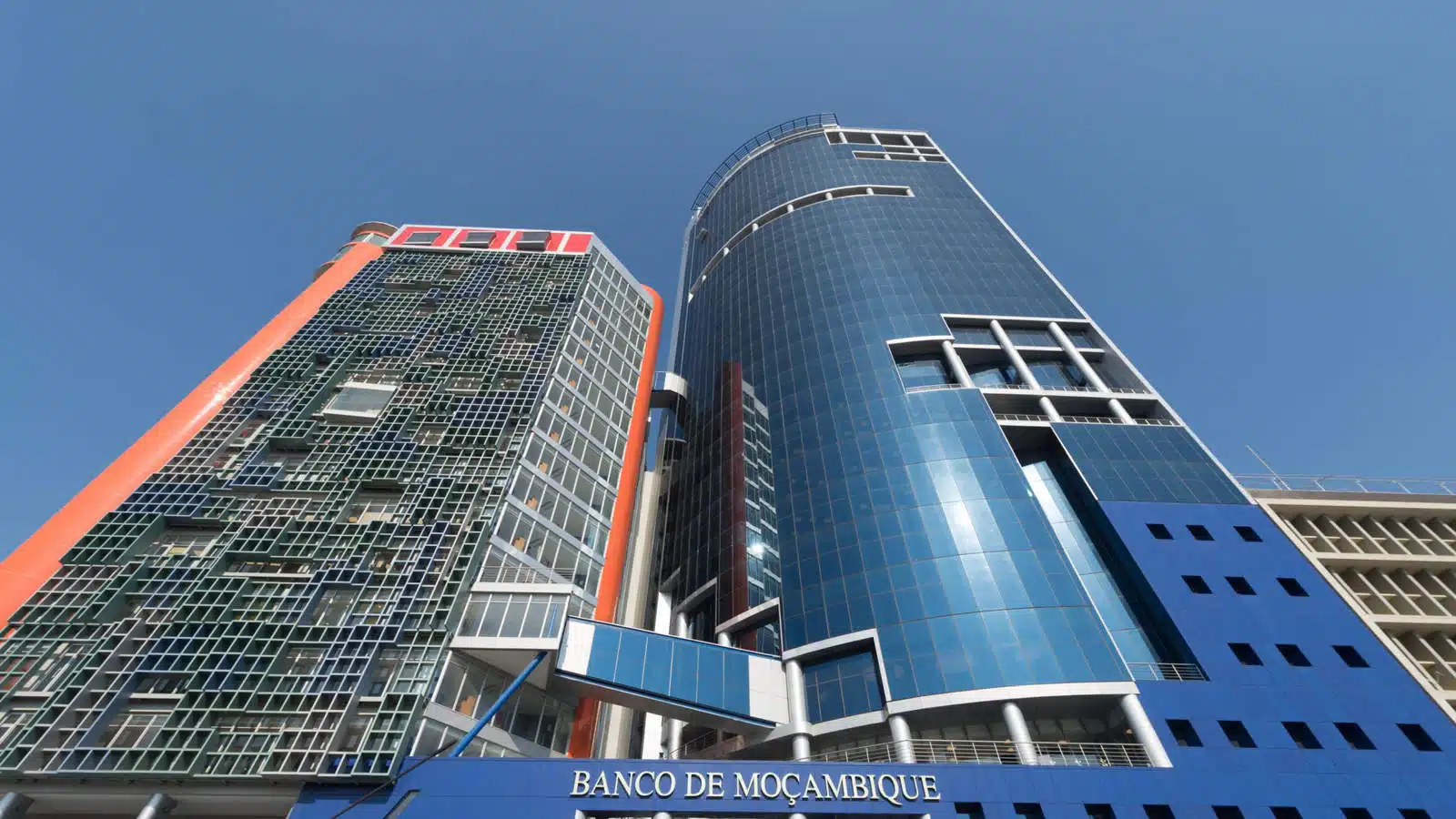Business activity across major African economies delivered a mixed performance in October 2025, with Nigeria posting the strongest expansion while South Africa and Egypt deepened their contractions, according to the latest S&P Global Purchasing Managers’ Index (PMI) data.
Africa’s most populous nation led the continent with a headline PMI of 54.0, reflecting robust output and new business growth, underpinned by easing inflation and a spate of new product launches.
Uganda followed at 53.4, Kenya at 52.5, Ghana and Mozambique both at 50.4, and Zambia at 50.8. Egypt and South Africa registered below-50 readings of 49.2 and 48.8, signaling contraction.
With a PMI of 54.0, Nigeria reclaimed its position as Africa’s private-sector growth leader, supported by softer inflationary pressures. Uganda, which had topped the rankings in September, had displaced Nigeria after the West African economy had held the lead for two consecutive months in July and August.
A PMI reading above 50 indicates an improvement in private-sector business conditions, while a reading below 50 signals a deterioration. The survey captures trends in output, new orders, employment, supplier delivery times, and inventory levels across key industries.
The World Bank’s latest Africa Pulse report highlighted that sub-Saharan Africa’s recovery is gaining momentum, with regional GDP projected to expand from 3.5% in 2024 to 3.8% in 2025, and to average 4.4% between 2026 and 2027. The growth outlook is underpinned by easing inflation across several economies, supporting broader economic stability in the region.
More details on the countries’ business activities
Nigeria: Output growth reaches six-month high
Nigeria’s PMI rose to 54.0 in October from 53.4 in September — its 11th consecutive month of expansion. All four major sectors recorded activity growth, strongest in manufacturing.
The introduction of new products and an improvement in demand helped push new orders higher. While firms continued to raise selling prices, the pace of price increases slowed to the second-softest level in more than five years, reflecting easing inflation pressures.
According to the National Bureau of Statistics, headline inflation fell for the sixth straight month to 18.02% in September, the lowest since May 2022. The naira has also rallied to its strongest level in eight months, climbing from ₦1,529.73/$1 on June 30, 2025, to ₦1,422.2/$1 on October 31.
“Lower inflation, stabilising exchange rates, and expectations of further policy easing should support real sector recovery in the coming months,” said Muyiwa Oni, Head of Equity Research, West Africa at Stanbic IBTC Bank.
Uganda: Sustained improvement in business conditions
Ugandan companies recorded their ninth consecutive month of expansion, with the PMI at 53.4, slightly down from 54.0. Growth was broad-based across output, new orders, employment, and inventory levels, supported by stronger client demand and new client acquisitions.
Inflation fell to a seven-month low of 3.4% in October, from 4% in September. “Despite rising orders, firms cleared backlogs and expanded inventories due to faster delivery times,” said Christopher Legilisho, Economist at Stanbic Bank.
Output prices rose modestly amid higher utility and internet costs, but firms remain optimistic about demand and output over the next 12 months.
Kenya: Discounts and new products drive six-month high
Kenya’s PMI increased to 52.5 from 51.9, marking a six-month high as firms used new products and promotional pricing to stimulate demand. The rebound follows disruptions from protests earlier in the year.
Output and new orders expanded for a second consecutive month, with output growth the strongest since December 2021. Annual inflation remained subdued at 4.6%, below the Central Bank of Kenya’s 5% target.
Zambia: Output declines despite higher new orders
Zambia’s PMI fell to 50.8 from 52.2, reflecting the slowest improvement in three months. New orders rose for the seventh consecutive month, but output declined due to inconsistent energy supply. Input purchases increased at the fastest pace since 2017, and firms remained optimistic about the coming year, despite softer production.
Mozambique: Fourth consecutive month of growth
Mozambique’s PMI rose to 50.4 from 49.4, signaling renewed private-sector expansion. Growth was supported by higher new business and increased employment, with construction and services driving output.
Inflation edged up slightly to 4.93% in September from 4.79%.
Ghana: Business activity returns to growth
Ghana’s PMI moved above 50 to 50.3 from 49.8, reflecting stronger output, new orders, employment, and inventories. Firms continued offering discounts amid muted inflation, which fell to 8% in October, the lowest since July 2021.
The cedi’s appreciation and tight monetary policy helped stabilize costs.
Egypt: Contraction slows to eight-month low
Egypt’s PMI rose slightly to 49.2 from 48.8 in September, reflecting the slowest decline in business activity in eight months.
Manufacturing supported overall output, while services, construction, and retail remained subdued. Urban inflation fell to 11.7% in September from 12.0% in August.
South Africa: Output and sales decline at fastest pace since March
South Africa’s PMI slipped to 48.8 from 50.2, marking renewed contraction in output and sales after seven months of expansion. Despite improvements in supplier delivery times and subdued cost pressures, weaker domestic demand drove softer business activity.
Annual inflation ticked up slightly to 3.4%, remaining within the Reserve Bank’s 3–6% target range.











